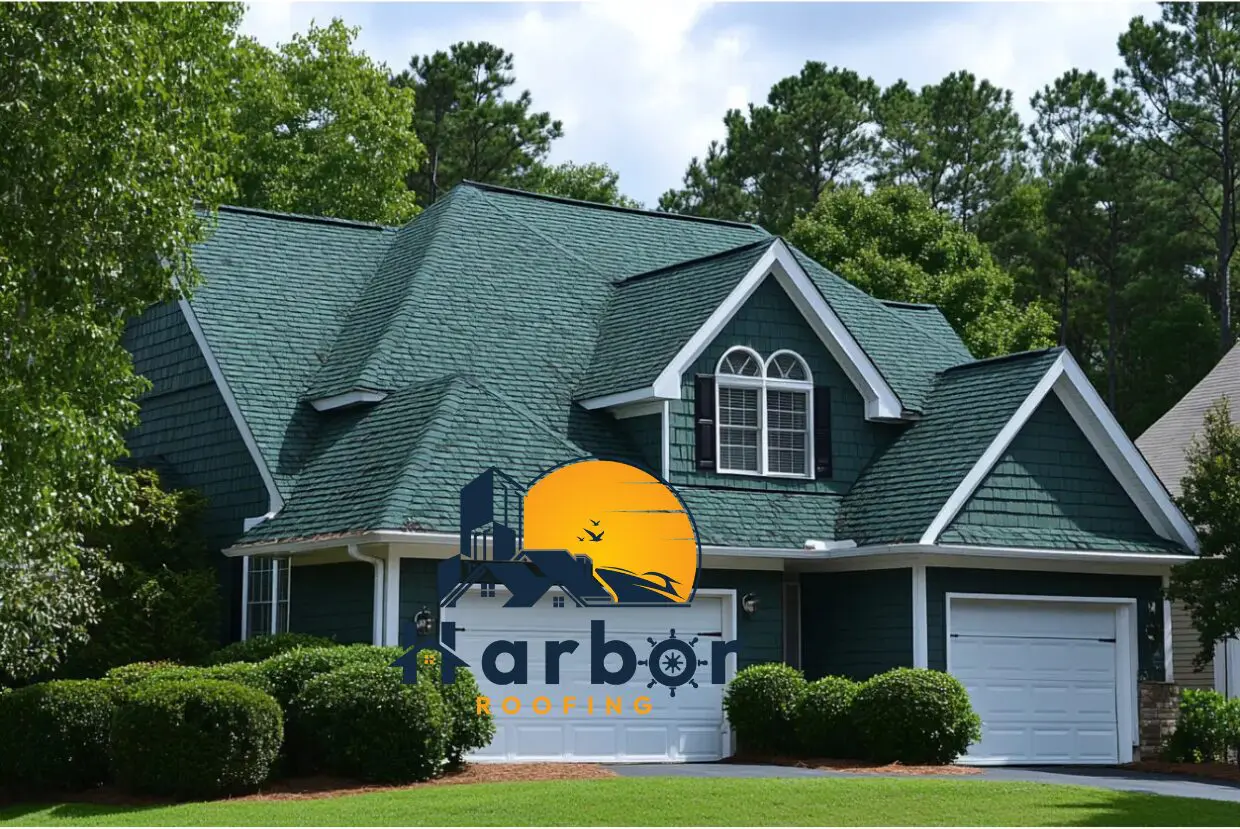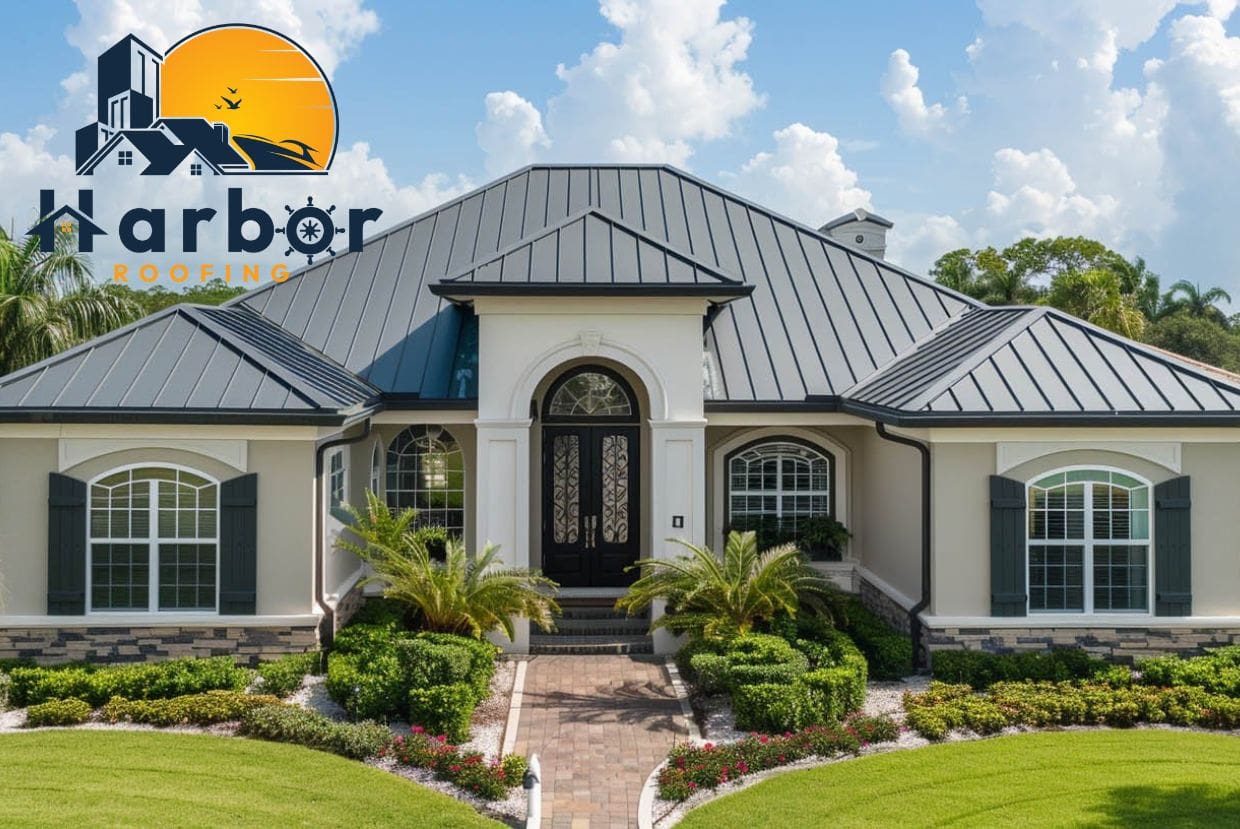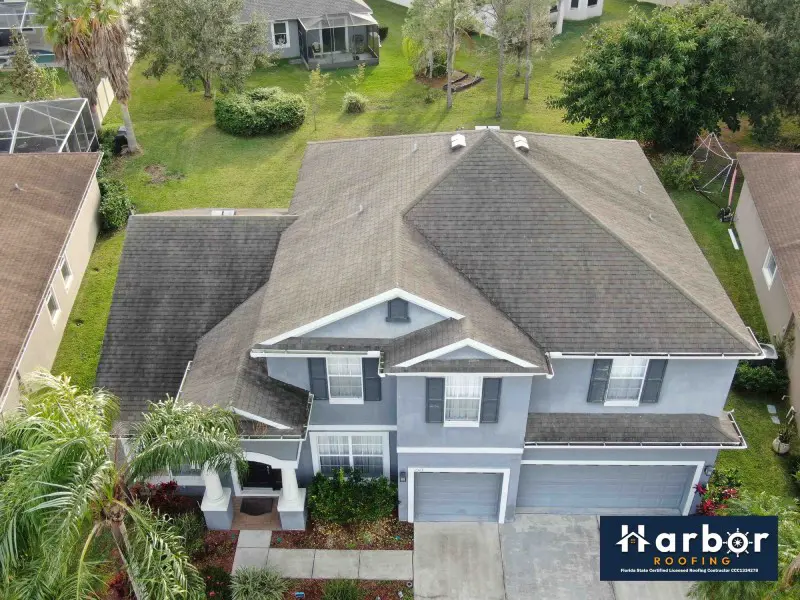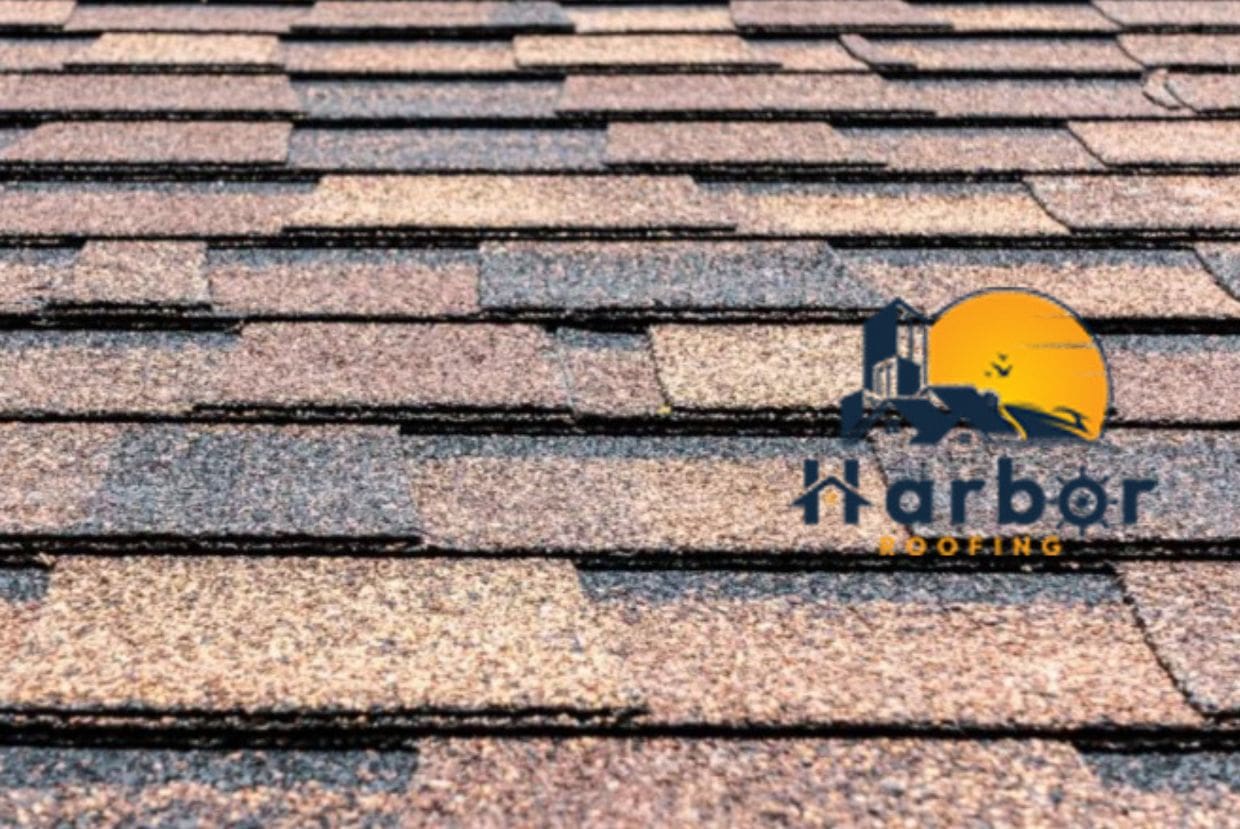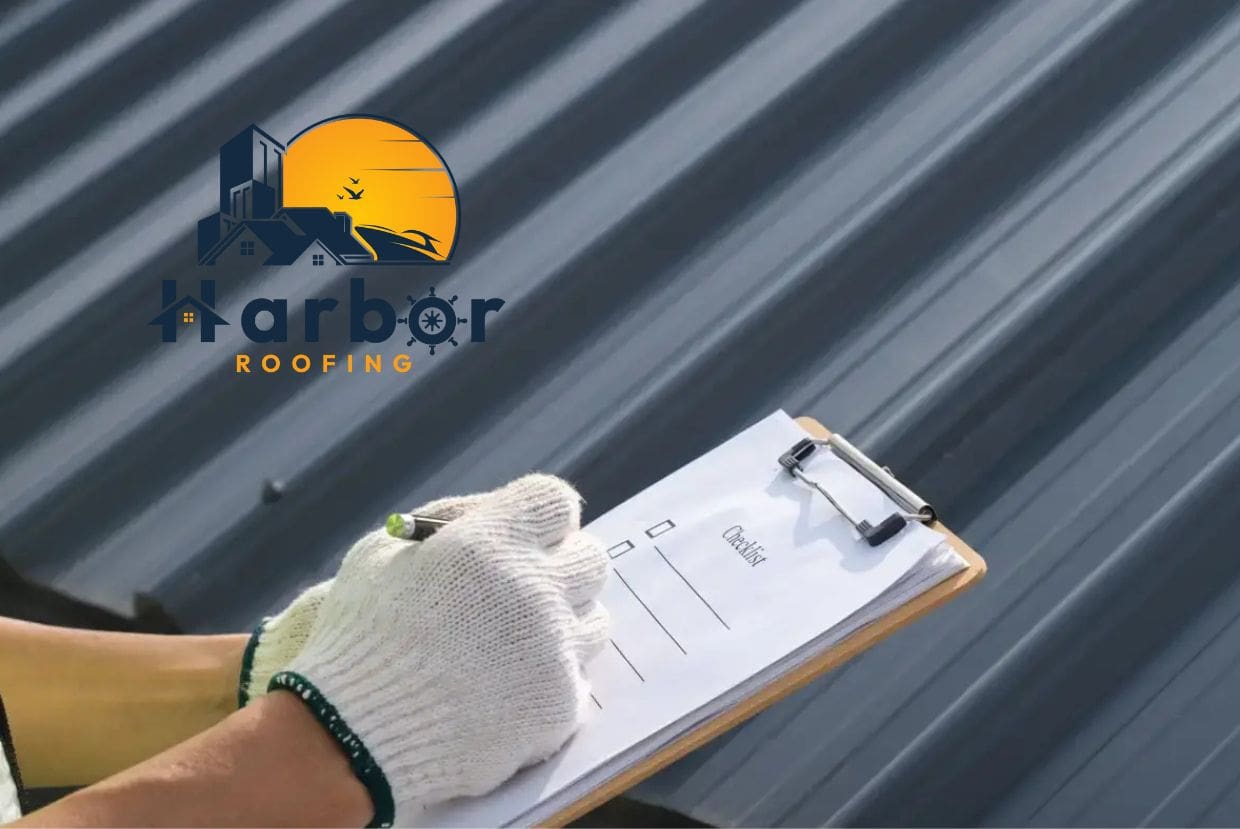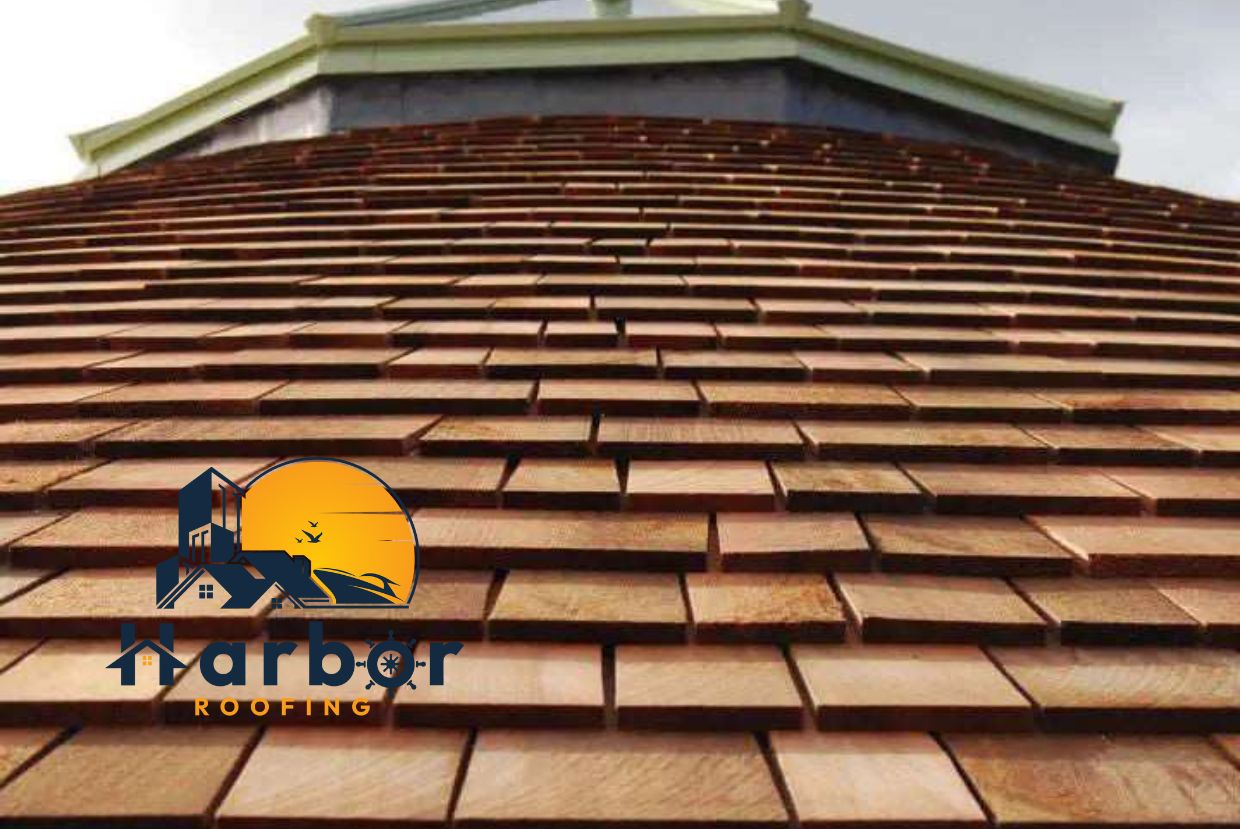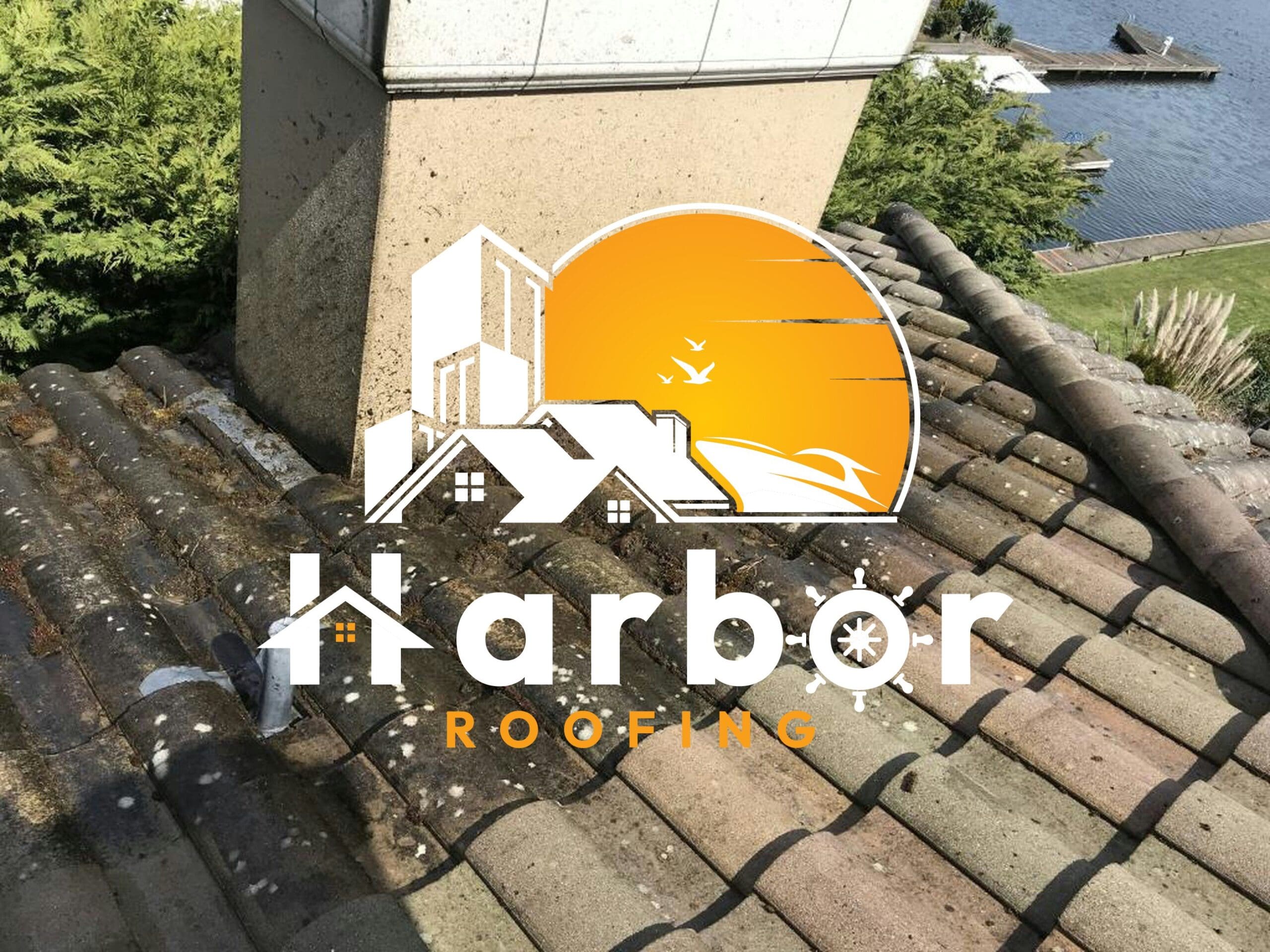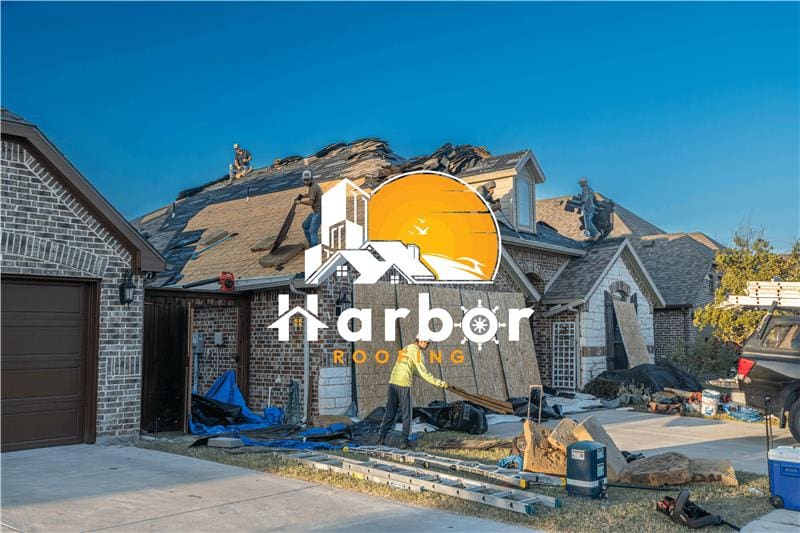Table of contents
Beautiful, dense, overhanging trees might look like the perfect natural roof accessory for your home. Offering shade, charm, and undeniable curb appeal. However, underneath their gorgeous, leafy existence lies a silent threat. One that can slowly wreak havoc on the most important part of your house: your roof.
Branches scraping shingles, trapped moisture promoting rot, clogged gutters causing water overflow, and curious pests contributing to costly roof damage. Knowing these risks can help you stay one step ahead in protecting your biggest investment with the bonus of peace of mind. In today’s guide, we will explore how these graceful natural shades can quickly become your roof’s biggest problem.
How Overhanging Trees Directly Damage Shingles
Scraping and Granule Loss
Since overhanging branches continuously brush against shingles, they slowly strip away their protective granules. Therefore, leaving them exposed to the harsh sunlight. Granules act as a shield for your roof, protecting it from UV damage. Losing them means your shingles age quicker and crack faster.
Similarly, when wind blows, the movement of these branches worsens abrasion, particularly on dedicated asphalt shingle surfaces. What you might think is a harmless swaying is actually grinding away your roof’s first line of defense.
After a while, this repeated friction will wear through layers, reducing waterproofing ability and creating weak points. Once it is compromised, your roof becomes vulnerable to leaks, mold, and expensive structural damage.
Storm-Related Branch Impact
During heavy storms, these branches become dangerous projectiles that are capable of cracking or breaking roof shingles. Moreover, even smaller branches can lead to dented surfaces and damage to the roof covering during strong winds.
Larger branches cause even more destruction, usually dislodging flashing or completely puncturing the roof deck. It allows water to enter and create immediate leaks that can quickly spread inside your home. Likewise, even seemingly small storm damages can wreak havoc on your roof structure if they are left unrepaired. This, in turn, leads to higher maintenance costs and premature roof replacement.
Constant Shade Encouraging Moss Growth
The overhanging foliage blocks the sunlight, keeping your roof damp, cool, and in perfect condition for moss and algae to grow. Additionally, these shades help keep the environment moist, encouraging plant growth to thrive without dying out quickly after rainfall.
The moss traps water, which seeps under shingles and slowly erodes the protective layers. In time, this results in hidden pockets of moisture that damage your roof decking. However, the real danger is how silently this whole procedure spreads before you even notice it as a problem. By the time the moss is visible, most of your underlying roof damage has already been done.
Moisture Retention, Rot, and Mold
Moisture Buildup Under Heavy Shade
As mentioned, the lush tree cover blocks the sunlight and prevents the roof’s surface from drying out after rain or humidity. This lingering dampness stays trapped for hours or even days, resulting in harmful organic growth. Moreover, this unwavering moisture creates the perfect habitat for moss, algae, and fungi to thrive without any interruption.
Furthermore, this excess moisture then starts to seep into the shingles and underlayment, weakening their protective structure. After the water penetrates the deeper layers, it begins to seep into the roof decking below. If these issues go unnoticed, they can lead to faster deterioration and reduce the overall lifespan of your roof.
Rot in Fascia, Eaves, and Roof Decking
When wooden fascia boards and roof edges stay damp for too long, they start to become soft and begin to rot. This decay compromises the structural integrity of your exterior components. Thus, making them vulnerable to further water damage.
Also, once the rot sets in, it starts to quickly spread through the structural materials, reaching the roof decking and interior supports. This changed reaction weakens your roof’s foundation and creates dangerous instability. If these roof damages are ignored for too long, they can quickly escalate to costly repairs or even complete roof replacement.
Mold Spreading Into Attic Spaces
This infiltration doesn’t just stop at the surface of the roof — it often silently creeps into the attic spaces. When insulation and wooden beams stay damp, they create a breeding ground for mold.
This growth affects the quality of your indoor air, triggering allergies and potential respiratory problems. In fact, it also starts to deteriorate attic materials, compounding roof damage, and raising remediation costs. Simply by detecting moisture early on, you can avoid expensive repairs and protect your family’s health.
Gutter Clogging and Water Backup
Leaves, Needles, and Twigs Blocking Flow
Overhanging trees continuously shed leaves, needles, and small twigs that can collect in roof gutters and downspouts. If you aren’t routinely maintaining your roof, this debris can quickly compact and block the natural flow of rainwater from your home. Plus, your gutters stop working effectively, forcing water to spill over instead of draining it safely.
Furthermore, when this water starts to overflow, it begins to run along the roof edges, slowly seeping into fascia boards and behind exterior siding. After a while, this hidden moisture weakens the paint, begins rotting the wood, and even attracts insects that thrive in damp conditions.
Water Overflow Causing Leaks and Pooling
Gutters that are overflowing can cause the water to back up and pool on the roof, softening the shingles and reducing their durability. In fact, this lengthy period of pooling encourages moisture to penetrate beneath the shingle surface, causing damage to the underlayment. Hence, resulting in slow attic leaks that go unnoticed until they cause major interior damage.
Additionally, this excessive water doesn’t just harm your roof, but cascades down, soaking soffits, siding, and even the foundation. If left unaddressed, this exposure weakens the structural support, resulting in costly repairs that could have been easily avoided.
Ice Dams and Added Winter Damage
In areas with colder climates, this trapped gutter water freezes during winter, creating heavy ice dams along the roof’s edge. Moreover, these ice formations slowly expand as temperature fluctuates, forcing their way beneath the shingles and prying them loose. When the ice melts, it creates additional leaks that exacerbate the hidden roof damage.
The extra weight from the ice dams also stains the gutters, bending or detaching them entirely from the roofline. These damaged gutters provide even less protection against future storms, further worsening the issues each season. Addressing these clogs before winter can help prevent costly winter-related roof damage from materializing.
Pests, Animals, and Roof Access
Branches as Pathways for Rodents and Squirrels
The branches of these trees act like a natural bridge for squirrels and rodents to access your roofline. These amazingly agile pests quickly reach shingles, gutters, and attic openings using even the slightest of gaps as their entry point. Once they are on the roof, they start chewing on shingles, siding, and sometimes even electrical wiring hidden near the edge.
When these rodents invade the attic, they usually build nests that damage the insulation and block your ventilation systems. Similarly, their constant movement encourages debris and contaminants, increasing the risk of further roof deterioration.
Animal Nests Damaging Shingles and Insulation
Birds and small mammals often create nests under loose shingles, tiles, or roof valleys. These nests block necessary airflow, causing trapped moisture that increases roof rot. Moist environments inside the roof structure also attract more pests and contribute to ongoing material decay.
Over time, animal droppings and nesting materials corrode roofing surfaces and stain shingles permanently. The trapped debris holds moisture close to the roof deck, weakening insulation and wooden supports. This cycle of nesting and moisture damage silently reduces your roof’s overall strength and durability.
Bird Droppings Accelerating Roof Deterioration
Bird droppings contain acidic compounds that slowly break down roofing materials and protective coatings. When droppings accumulate on shingles, they degrade surfaces and cause unsightly permanent stains. Acidic residue also accelerates corrosion on metal flashing, gutters, and vents.
Beyond staining, heavy buildup blocks drainage paths, forcing rainwater to pool on the roof. Frequent cleaning becomes necessary near large trees where birds perch and gather. Without maintenance, these droppings create lasting damage and shorten your roof’s lifespan significantly.
Long-Term Roof Lifespan Reduction
Shortened Shingle Lifespan From Abrasion and Moisture
As mentioned, continuous bruising from overhanging branches slowly strips away the protective granules that shield shingles from harsh sunlight. Without this layer, shingles lose flexibility, allowing cracks and surface splits to form much earlier than expected. This type of roof damage generally goes unnoticed until leaks begin spreading across the structure.
Likewise, persistent moisture adds another layer of risk by soaking into roofing materials and weakening their durability. Even metal roofs corrode faster when constantly exposed to tree debris and trapped dampness. Together, abrasion and moisture silently reduce the roof’s overall lifespan, forcing homeowners to consider replacement sooner than necessary.
Increased Roof Maintenance and Early Replacement Costs
Tree-related roof damage forces homeowners into more frequent repairs, inspections, and cleaning routines. Loose branches, clogged gutters, and hidden leaks create a rotation of ongoing maintenance that strains both time and budget. Without intervention, these problems continue to recur, eventually leading to severe structural deterioration.
When damage is ignored for too long, it accelerates the need for a full roof replacement several years early. Homeowners often face thousands in avoidable costs, spending far more than regular tree trimming or preventive care would require. Addressing these risks as soon as possible can help maintain your roof’s value and extend its functional life.
Prevention and Mitigation Strategies
Trim Branches and Maintain Safe Clearance
Maintaining at least six to ten feet of clearance between branches and your roof edges is a necessity. Regular trimming prevents limbs from scraping shingles, reducing abrasion and avoiding unnecessary roof damage over time. Although a simple step, it minimizes the risk of heavy branches falling during storms and causing structural harm.
For best results, hire certified arborists who understand safe pruning techniques that protect both trees and the roof. Professional trimming avoids accidental damage while guaranteeing your property stays safe. Additionally, regular branch management maintains a cleaner, healthier environment for your roof and prevents long-term deterioration.
Regular Gutter Cleaning and Guards Installation
Gutters should be cleaned at least twice a year, with additional maintenance required near heavy tree cover. Removing leaves, twigs, and debris prevents clogs that cause water overflow, a common source of hidden roof damage. Clear gutters to allow proper drainage, protecting both your roof and home exterior.
Installing gutter guards helps reduce debris accumulation, but they still require occasional checks to ensure full functionality. By keeping gutters clear, you prevent water pooling, ice dams, and the added stress they place on shingles. Consistent cleaning and simple upgrades save money on costly repairs.
Annual Roof Inspections and Prompt Repairs
Scheduling professional roof inspections after storms or seasonal changes helps catch problems before they escalate. Trained experts identify early signs of roof damage caused by tree branches, moisture, or pests, allowing quick intervention. These inspections provide peace of mind and extend your roof’s functional lifespan.
When damage is detected, prompt repairs are crucial to stop leaks and prevent further deterioration. Fixing loose shingles, damaged flashing, or soft wood spots early avoids expensive replacements later. Combining regular inspections with timely maintenance keeps your roof strong, reliable, and protected year-round.
Don’t Leave Your Roof Hanging
Overhanging trees may look charming at first, but silently cause roof damage through abrasion, moisture, pests, and clogged gutters. To protect your house from roof damage, make sure that you trim branches, clean gutters, and schedule regular inspections to keep your roof in good condition. Need an expert opinion? Contact Harbor Roofing and protect your home from hidden tree-related damage.
